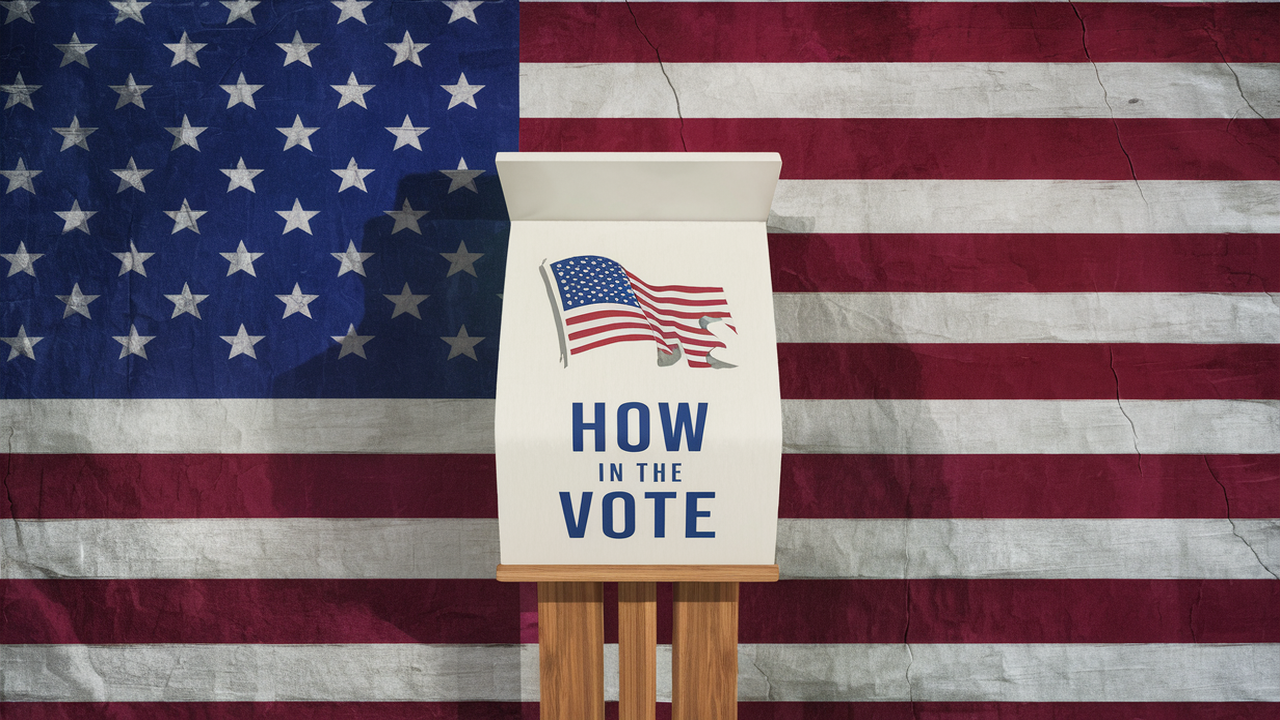Voting in the U.S. is an essential civic duty, empowering citizens to impact government and policy decisions. In this comprehensive guide, we’ll walk you through everything you need to know about how to vote in the U.S., from registering to understanding your voting options, so you’re prepared for Election Day.

1. How to Register to Vote in the U.S.
Eligibility Requirements to Vote in the U.S.
To participate in U.S. elections, you must meet specific eligibility requirements, including U.S. citizenship and residency in your state.
How to Complete U.S. Voter Registration
There are several convenient ways to register to vote in the U.S.:
- Online Registration: Visit vote.gov to access your state’s online voter registration system.
- In-Person Registration: You can register at government offices like the DMV.
- Mail-In Registration: Complete the National Mail Voter Registration Form, available on the Election Assistance Commission website, and send it to your state election office.
2. Voting Options in the U.S.
In-Person Voting
In-person voting is available through early voting or on Election Day itself. Here’s how to vote in the U.S. at a polling place:
- Early Voting: Many states offer early voting, allowing you to avoid Election Day crowds.
- Election Day Voting: Traditional Election Day voting is held at polling places from morning until evening.
Absentee Voting (Mail-In Voting)
For those unable to vote in person, absentee voting provides an option. Here’s what you need to know about absentee voting in the U.S.:
- Request an absentee ballot from your election office.
- Complete and mail your ballot back before the deadline, which varies by state.
3. How to Find Your Polling Place in the U.S.
Your assigned polling place is based on your home address and listed on your voter registration card. You can also locate it by checking vote.org.
4. Preparing to Vote: Key Information for U.S. Voters
Researching Candidates and Issues
Take time to research candidates and ballot measures relevant to your area. Being informed is a crucial part of how to vote effectively in the U.S.
Identification Requirements for U.S. Voting
Some states require ID at the polls. Acceptable IDs vary but typically include driver’s licenses or state-issued IDs. Check your state’s requirements before heading out to vote.
5. Casting Your Ballot in the U.S.
When you arrive at your polling location, follow these steps to vote in the U.S.:
- Check in with poll workers and provide identification if required.
- Complete your ballot, following instructions carefully.
- Submit your ballot either by placing it into a voting machine or handing it to a poll worker.
6. What to Do If You Encounter Issues at the Polls
If you experience issues, such as not being on the voter roll, you can request a provisional ballot. This allows you to vote while officials verify your eligibility.
7. Key Deadlines and Dates for Voting in the U.S.
Mark key deadlines on your calendar, including the last day to register and submit absentee ballots. Staying aware of deadlines helps you vote on time.
Conclusion
Understanding how to vote in the U.S. ensures you’re prepared for Election Day, whether voting in person or by mail. Follow these steps to register, find your polling place, and make your voice heard in the upcoming election.











There is noticeably a bundle to know about this. I assume you made certain nice points in features also.
We share content that is as accurate and up-to-date as possible.
There are some attention-grabbing time limits in this article however I don’t know if I see all of them heart to heart. There's some validity however I will take maintain opinion until I look into it further. Good article , thanks and we wish more! Added to FeedBurner as nicely
Thank you for your comment. We will continue to share current content. Best regards
Absolutely composed written content, Really enjoyed examining.
Thank You